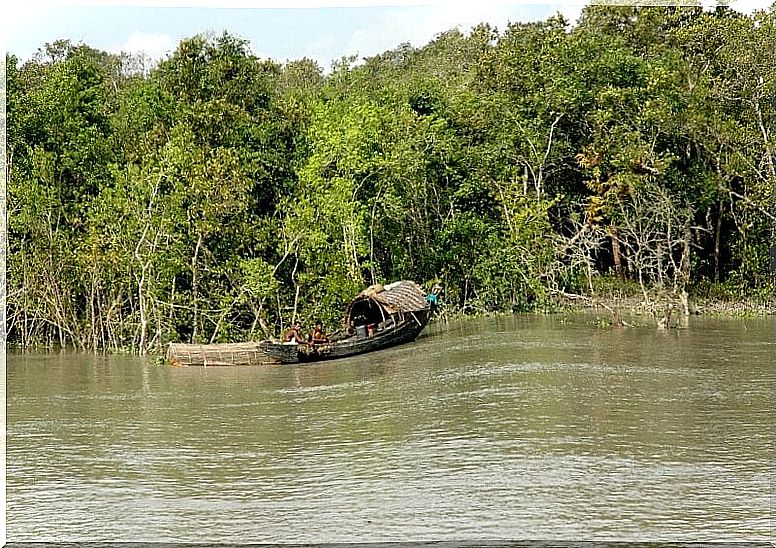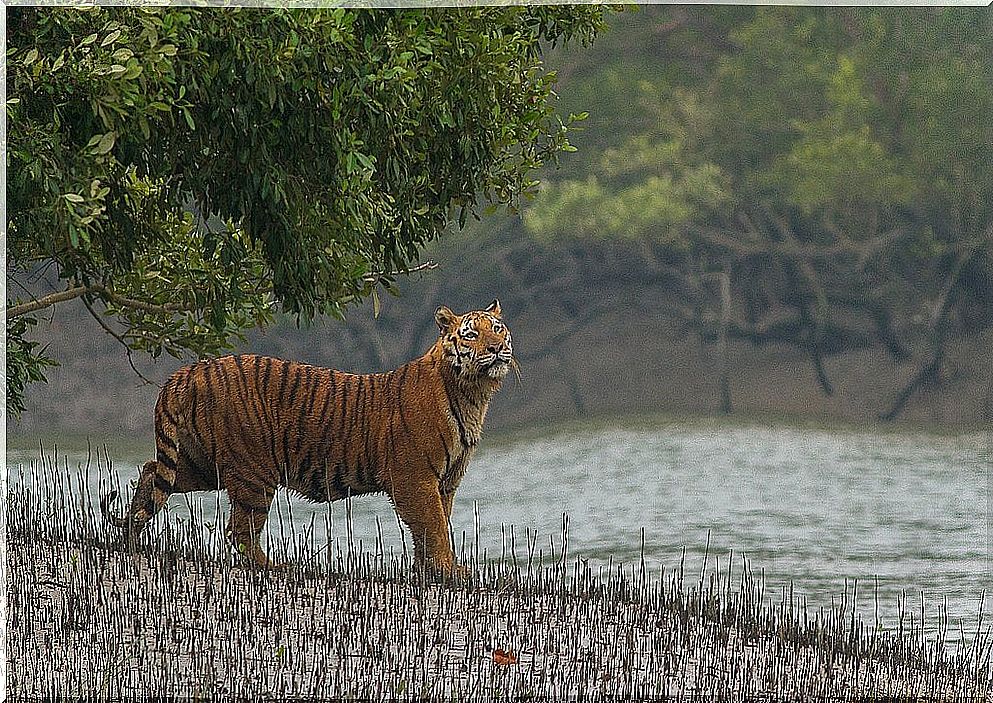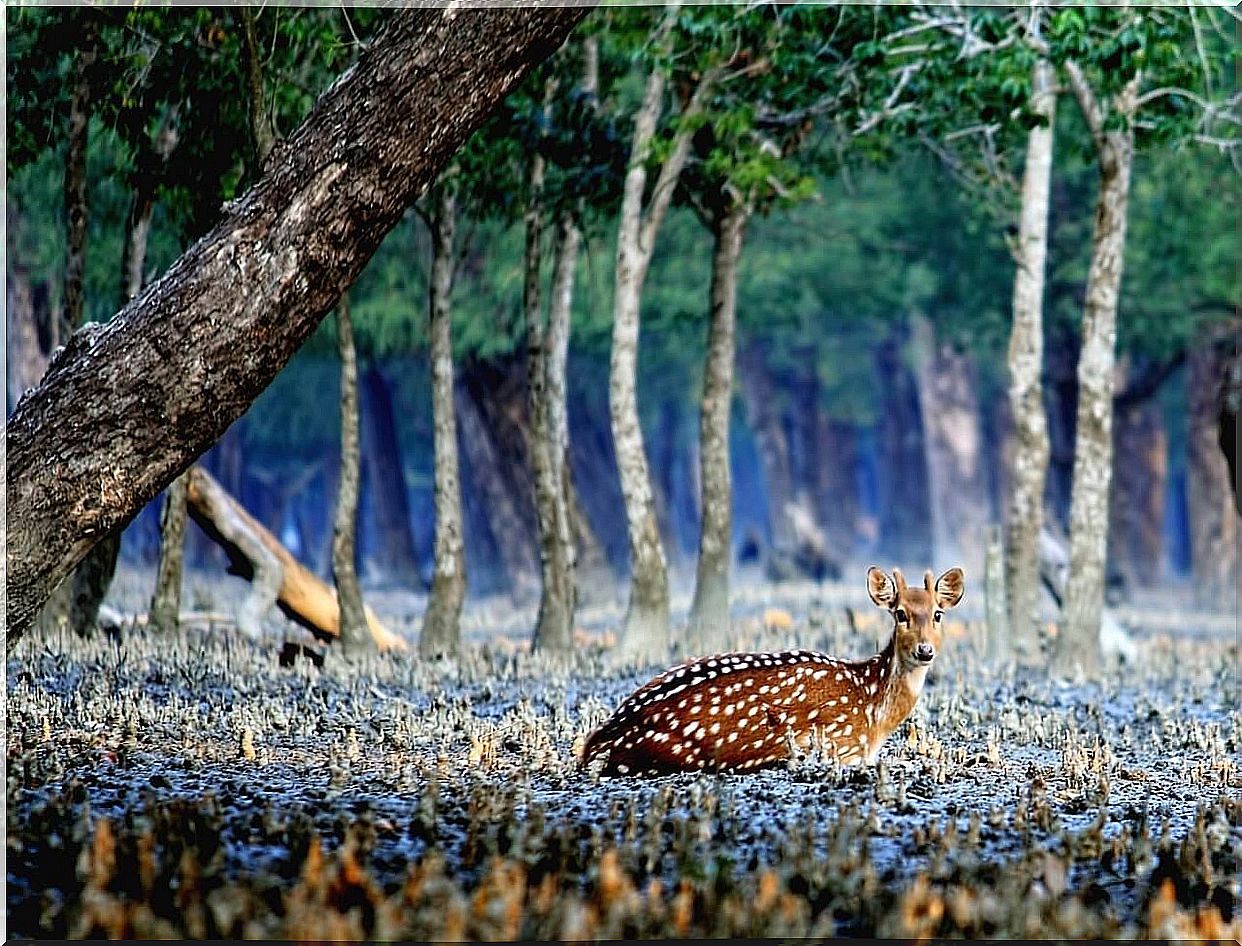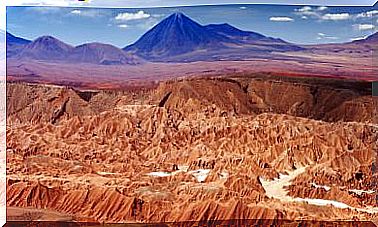Sundarbans: The Largest Mangrove Forest In The World

The Sundarbans Delta encompasses a protected area of 139,500 hectares. It is, therefore, the largest mangrove forest in the world. In addition, it is declared a World Heritage Site by Unesco. We want to give you all the necessary information so that you know this wonderful place that occupies the territories of India and Bangaldesh.
Sundarbans Features
Sundanbars National Park is made up of mangroves and humid forests of great ecological importance. The plants that make them up, in general terms, need fresh water, but this type of forest can also proliferate in brackish water ecosystems.
The landscape is marked by erosion caused by the sea and the wind on the coast, as well as by the mud and other deposited sediments. In fact, the soil contains large amounts of minerals and nutrients that favor its use in agriculture. These densely populated agricultural areas are located in the adjoining areas.
An ecosystem of great fauna wealth

Countless animal species live in Sundanbars National Park. Among the mammals there are in abundance specimens of fishing cat, Bengal cat, macaques, wild boar and flying foxes, as well as dolphins.
Of course, there are also a great variety of birds. Among them are species such as coots, harriers, picotenazas, seagulls, vinegars, cormorants or curlews.
Among the reptiles we can mention chameleons and snakes such as the Burmese python or the king cobra. Among the aquatic fauna, starfish, torpedo rays and sawfish stand out.
However, the Bengal tiger stands out among the Sundarbans fauna. A species that, unfortunately, is in serious danger of extinction. Others that are also and inhabit this place are the saltwater crocodiles, the olive sea turtle, the Ganges dolphin or the Hawksbill turtle.
Key in the Bengal Tiger Reserve

The Bengal tiger, in addition to being considered the second largest tiger in the world, is the national animal of Bangladesh. Added to this is the importance of your protection. Fortunately, the Sundarbans National Park is a key place for the conservation of this species.
About 400 specimens live here. It is, therefore, the habitat with the largest population of these felines on the planet. In Sundarbans they have innumerable hiding places from which they wait for their prey. And it is that we must not forget that they are predators and that they can move among the foliage in absolute silence.
As a curiosity, tigers kill about 30 people each year on the Indian side of the Sundarbans. Attacks that occur in restricted areas of the national park. Taking into account that there are many relatives of the victims who do not dare to report for fear of sanctions, the figure may be higher.
Visiting the Sundarbans National Park

To know this wonderful place, you can hire various tours. The most popular ones combine the transfer from Calcutta or Dhaka airports with sailing through the Ganges Delta aboard old rehabilitated barges. Homemade lunches and traditional teas are served here.
On the other hand, visits to the Sundarbans National Park are always carried out with expert guides. It is about making the experience as complete as possible, but also safe. In fact, to safely spot the Bengal tigers, you have to climb a tower that allows you to see the spectacular site as a whole.
As you may have seen, Sundarbans is a true natural wonder. A place that cannot be missed on any trip to Bangladesh or India. And it is that its ecological importance is added to the beauty of its environment.
Unfortunately, and like many other places, climate change is seriously affecting Sundarbans. In fact, due to rising sea levels, four of its islands have already disappeared since 1975.

Main photography: bri vos / Wikimedia Commons









